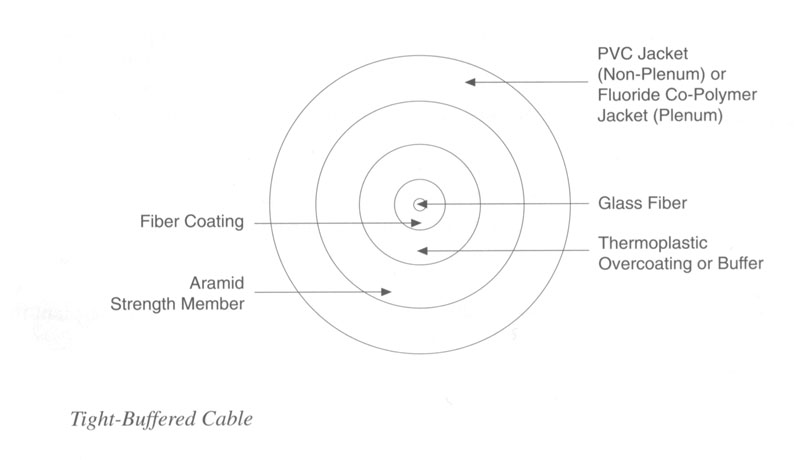
Figure 2. Single-Mode and Multimode Fibers
Multi-mode optical fiber (multimode fiber or MM fiber or fibre) is a type of optical fiber mostly used for communication over shorter distances, such as within a building or on a campus. Typical multimode links have data rates of 10 Mbit/s to 10 Gbit/s over link lengths of up to 600 meters—more than sufficient for the majority of premises applications.
Multimode fiber was the first type of fiber to be commercialized. It has a much larger core than single-mode fiber, allowing hundreds of modes of light to propagate through the fiber simultaneously. Additionally, the larger core diameter of multimode fiber facilitates the use of lower-cost optical transmitters (such as light emitting diodes [LEDs] or vertical cavity surface emitting lasers [VCSELs]) and connectors.
Single-mode fiber, on the other hand, has a much smaller core that allows only one mode of light at a time to propagate through the core. While it might appear that multimode fibers have higher capacity, in fact the opposite is true. Singlemode fibers are designed to maintain spatial and spectral integrity of each optical signal over longer distances, allowing more information to be transmitted.
Its tremendous information-carrying capacity and low intrinsic loss have made single-mode fiber the ideal transmission medium for a multitude of applications. Single-mode fiber is typically used for longer-distance and higher-bandwidth applications (see Figure 3). Multimode fiber is used primarily in systems with short transmission distances (under 2 km), such as premises communications, private data networks, and parallel optic applications.
While fiber optic cable itself has become cheaper over time - a equivalent length of copper cable cost less per foot but not in capacity. Fiber optic cable connectors and the equipment needed to install them are still more expensive than their copper counterparts.
Single Mode cable is a single stand (most applications use 2 fibers) of glass fiber with a diameter of 8.3 to 10 microns that has one mode of transmission. Single Mode Fiber with a relatively narrow diameter, through which only one mode will propagate typically 1310 or 1550nm. Carries higher bandwidth than multimode fiber, but requires a light source with a narrow spectral width. Synonyms mono-mode optical fiber, single-mode fiber, single-mode optical waveguide, uni-mode fiber.
Single Modem fiber is used in many applications where data is sent at multi-frequency (WDM Wave-Division-Multiplexing) so only one cable is needed - (single-mode on one single fiber)
Single-mode fiber gives you a higher transmission rate and up to 50 times more distance than multimode, but it also costs more. Single-mode fiber has a much smaller core than multimode. The small core and single light-wave virtually eliminate any distortion that could result from overlapping light pulses, providing the least signal attenuation and the highest transmission speeds of any fiber cable type.
Single-mode optical fiber is an optical fiber in which only the lowest order bound mode can propagate at the wavelength of interest typically 1300 to 1320nm.
jump to single mode fiber page
Multi-Mode cable has a little bit bigger diameter, with a common diameters in the 50-to-100 micron range for the light carry component (in the US the most common size is 62.5um). Most applications in which Multi-mode fiber is used, 2 fibers are used (WDM is not normally used on multi-mode fiber). POF is a newer plastic-based cable which promises performance similar to glass cable on very short runs, but at a lower cost.
Multimode fiber gives you high bandwidth at high speeds (10 to 100MBS - Gigabit to 275m to 2km) over medium distances. Light waves are dispersed into numerous paths, or modes, as they travel through the cable's core typically 850 or 1300nm. Typical multimode fiber core diameters are 50, 62.5, and 100 micrometers. However, in long cable runs (greater than 3000 feet [914.4 meters), multiple paths of light can cause signal distortion at the receiving end, resulting in an unclear and incomplete data transmission so designers now call for single mode fiber in new applications using Gigabit and beyond.


The use of fiber-optics was generally not available until 1970 when Corning Glass Works was able to produce a fiber with a loss of 20 dB/km. It was recognized that optical fiber would be feasible for telecommunication transmission only if glass could be developed so pure that attenuation would be 20dB/km or less. That is, 1% of the light would remain after traveling 1 km. Today's optical fiber attenuation ranges from 0.5dB/km to 1000dB/km depending on the optical fiber used. Attenuation limits are based on intended application.
sumber :
http://www.iec.org/online/tutorials/fiber_optic/topic02.asp
http://en.wikipedia.org/wiki/Multi-mode_fiber
http://www.arcelect.com/fibercable.htm



0 komentar:
Posting Komentar